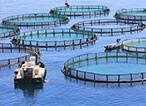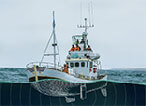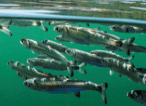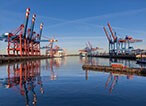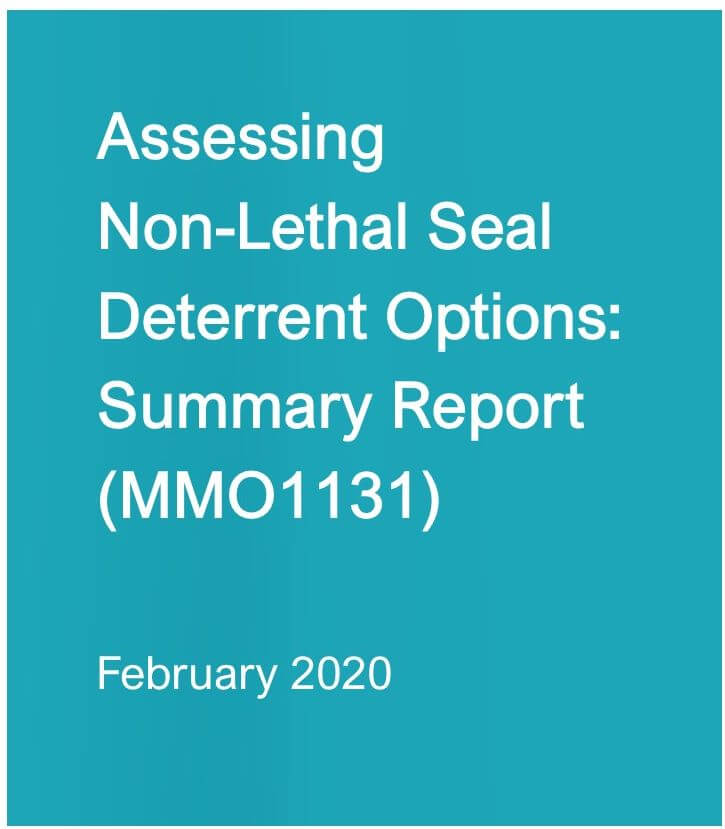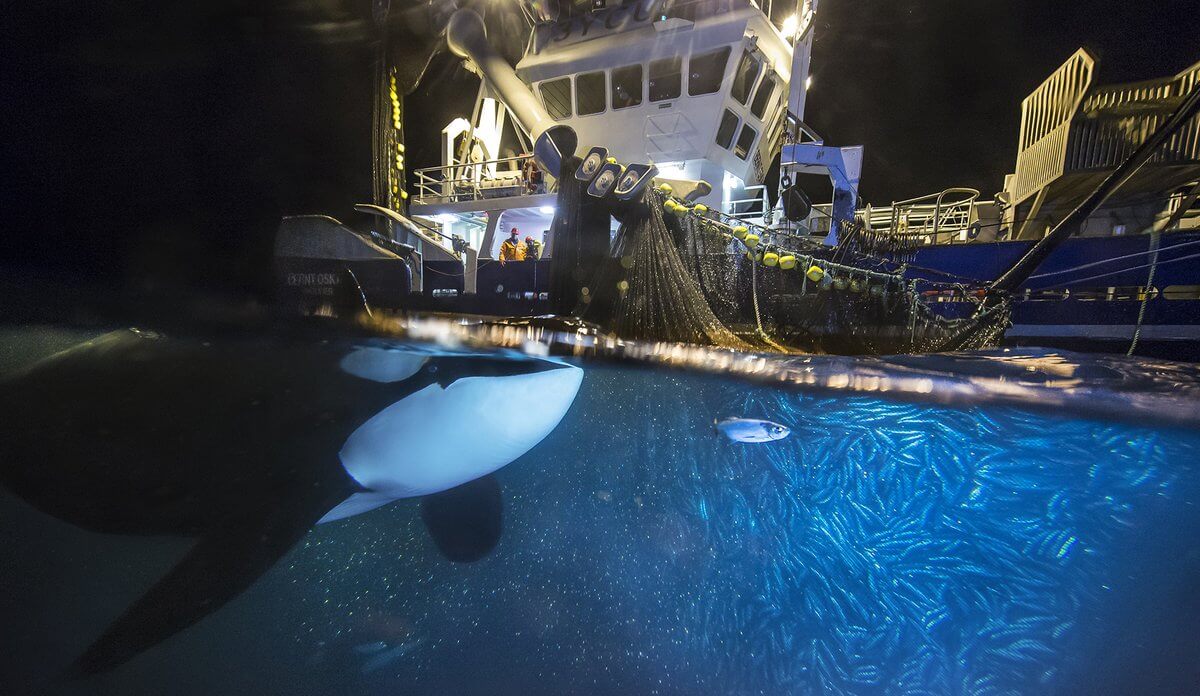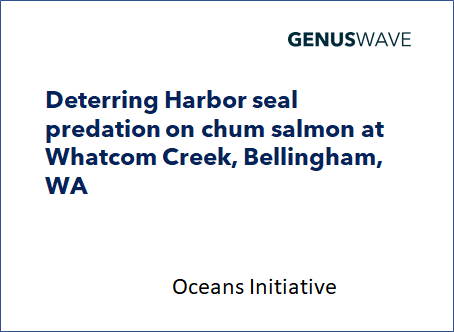ABPmer Stakeholder Report Assessing Non-Lethal Seal Deterrents
The field study was prepared by ABPmer Ltd & NFFO and sponsored by the European Maritime and Fisheries Fund with contribution from the Department for Environment Food and Rural Affairs.
Background: Fishermen in the Torbay area using static nets reported experiencing depredation losses from seals. An estimated 30% of total catches were believed to be affected by damage from seals, making fishing with nets uneconomical. Fisherman believed the growing seal populations to be the main cause of the increase in interactions. A number of factors have a potential influence on rates of seal depredation on net fisheries, including soak time, depth, net hauling sequence and haul speed, noise from fishing activities, location, seasonality, time of deployment, and gear type. Fisherman reported that currently available deterrents, as well as modification of fishing gear, to be ineffective at reducing seal depredation.
Overview: The Genuswave Acoustic Startle Device was selected for the at-sea trials, which were conducted in a mackerel net fishery in Torbay by two inshore fishing vessels. Nets were approximately 200m long and set overnight in inshore waters of approximately 10m depth. On each fishing trip, each vessel deployed a ‘control’ net that was fished normally, and a ‘test’ net with one or more ASDs deployed next to it.
Results: The use of GenusWave technology resulted in a catch increase of 74% in test net compared to the control net (model estimate). There was high variability in catch weights during the trial due to operations issues, resulting in a large variance of catch increase ranging from 5% to 189%. The data indicated that an appropriate adjustment of the duty cycle (percentage of time that the device emits a sound) and the number of devices deployed could allow catches to improve the catch rate even further.
 Go Back
Go Back

